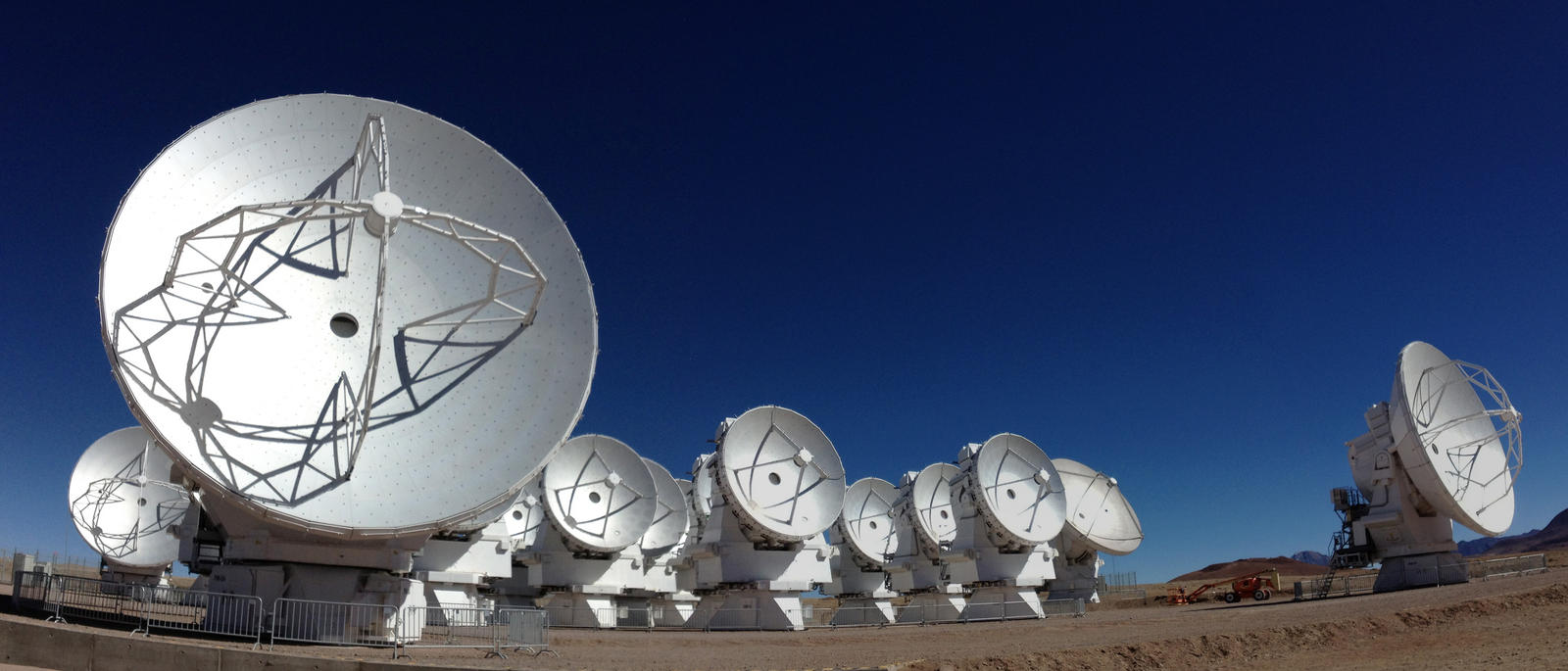
Finding valuable data in a massive amount of noise
Japanese researchers – together with colleagues from around the world – are analysing data from the Joint ALMA Observatory, located in a remote part of Chile on the Atacama plateau, 5000 meters above sea level.
High-speed research networks enable researchers to carry out their studies wherever they are situated, without needing to be at the observatory.
The ALMA – the largest astronomical project in existence – is an international partnership. But, a Japanese research team scouting the entire world for the best location originally discovered the observatory site on the Atacama plateau.
The good local climate throughout the year meant that the observatory would be subject to the minor impact of radio wave absorption by water vapour.
Altitude sickness
However, a one-way trip from Japan to the observatory involves three flights and takes 35 hours. At the site, you also need to be careful about altitude sickness.
To solve this problem, not only for the Japanese, but for researchers from other parts of the world as well, ALMA Regional Centres were set up in Japan, the United States and Europe, allowing researchers to mirror the ALMA observation data and carry out their studies wherever they might be situated.
Powerful networks
For this, high-speed networks are essential. Furthermore the networks have to be extremely powerful to transmit all the data without compressing it and maybe sacrificing valuable parts of the data. More than 200 Terabytes of data is archived from the ALMA a year.
The latest improvement in transmission infrastructure has been the installation of a fibre optic cable from the observatory to the city of Calama in northern Chile in January 2015.
From there it travels through an existing high-speed communication line to the ALMA offices in Santiago, where the data are processed and shared with astronomers around the world, all of them working on the three major ALMA research targets: The origins of the galaxy, the birth of the planetary system, and the molecules that may lead to life, in the universe.
Regional hub
The National Astronomical Observatory of Japan is hosting the East Asia ALMA Regional Centre. The centre handles services such as supporting preparation for observation proposals and observation scripts as well as data reduction for the ALMA, from researchers throughout the East Asian region.
Researchers whose observation proposals are accepted are given a year to use the ALMA exclusively. After that, the ALMA data becomes accessible to other researchers.
For more information please contact our contributor(s):

